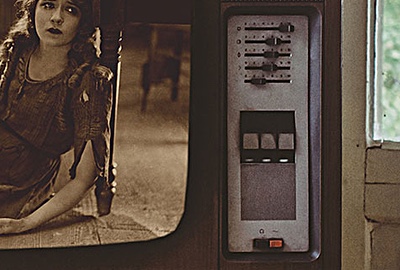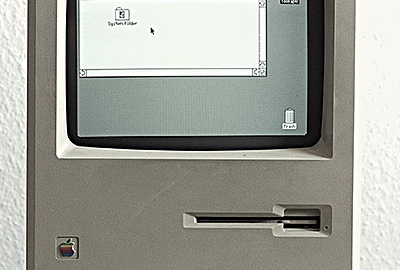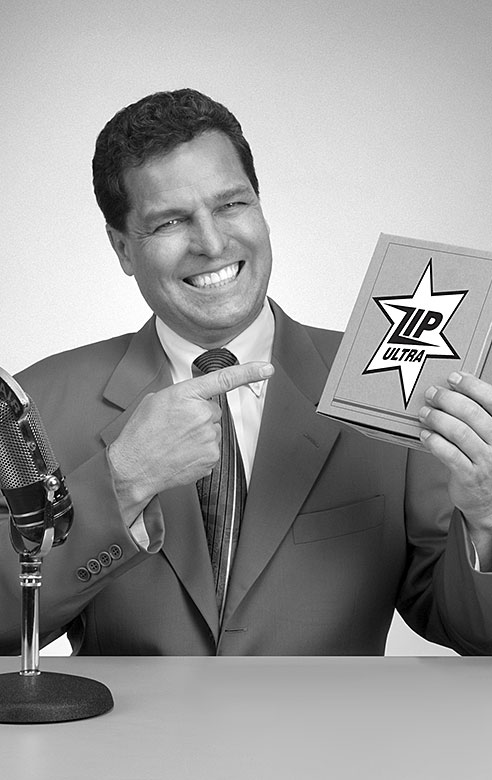
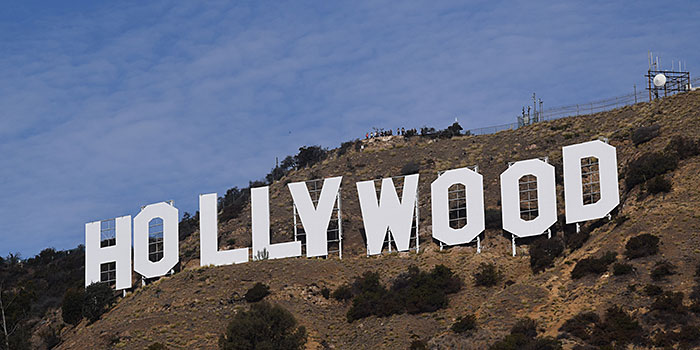

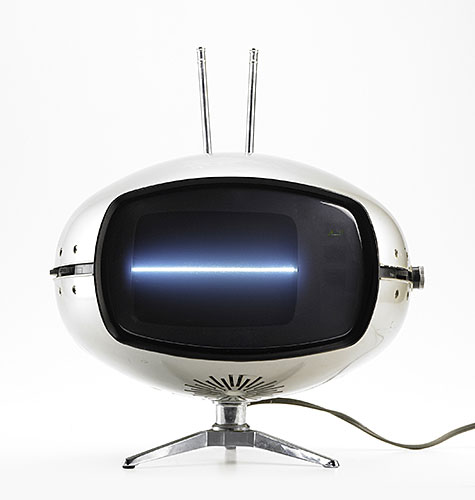
History of TV Advertising
- ArticlesandContent.com (CIRCA 2005)
- /
- Oct 8, 2021 (written 2005)
Leo Burnett, one of the most famous advertising executives in the ad world, once said “I have learned that it is far easier to write a speech about good advertising than it is to write a good ad.”
When print ads and word-of-mouth were the only form of advertising known to the world, the ad industry was merely in its growing stage. But ever since the first television commercial aired in the United States of America at 14:29 on the 1st of July in 1941, the history of television advertising and the history of U.S. television advertising began.
The evolution of the medium of TV advertising from that eventful day to the million dollar advertisements of today, featuring the most sought after celebrities and the most inventive of concepts, has been quite remarkable. It has now turned into one of the most competitive fields in a consumerist society.
The Firsts
The first TV ad in the history of television advertising was broadcast on NBC’s WNBT for the Bulova® Watch Company before a baseball game between the Brooklyn Dodgers and Philadelphia Phillies. The ad featured a Bulova® watch displayed over the map of the United States, while their slogan “American runs on Bulova® time” resonated via a voiceover. The Bulova® Watch Company chalked out 9 dollars for a 20 second spot and went down forever as the first TV ad in the history of both the world and U.S. television advertising. A 30-second TV spot today during the annual Super Bowl costs 2.6 million dollars!
The first TV commercial shown in Britain was for Gibbs S R Toothpaste, which lasted 60 seconds, and was broadcast on September 22, 1955. The voiceover for the ad repeated the slogan “It’s tingling fresh. It’s fresh as ice. It’s Gibbs S R Toothpaste!” This commercial earned its place as a first in the history of TV advertising completely by chance. In a lottery drawn with 23 other commercials to determine who would go first, Gibbs S R Toothpaste was the one that came up the winner.
Key Moments in Ad History
The 1950s started a strong flurry of ads promoting various brands of cigarettes, including one of the most successful ad campaigns of all times—Leo Burnett’s “The Marlboro® Man.” The legendary American actor John Wayne appeared in a cigarette commercial in 1952 for Camel® Cigarettes. Even certain animated characters like “The Flintstones” were used by the tobacco industry to promote cigarettes. When cigarettes ads were banned from TV in 1971, the television industry suffered a loss of 220 million dollars per year in ad revenue.
Soon, the advertising industry began to realize that consumers paid a lot of importance to the innovativeness and creativity involved in advertisements. No longer did advertisements merely rely on jingles and obvious product placements. One of the longest standing advertisements series was that of the Energizer® battery. The first ad, which appeared in the 1980s, caught people by surprise as they were merely shown a group of battery operated bunnies playing the drum until all except one, the one which runs on the Energizer battery, stops. Instead of advertising the product in an in-the-face manner, Energizer amused the viewers in a surprising manner earning instant success.
In 1963, the Coca Cola® ads received an undisguised competition from their chief competitor Pepsi®. Pepsi, with their “The Pepsi® Generation” slogan kicked off a series of ads chiefly targeting Coca-Cola® and emphasizing the superiority of Pepsi® over Coca-Cola®. Coca-Cola® hit back with similar ads of their own and this onscreen combat led to a series of advertisements that have gone down in the history of TV advertising and history of U.S. TV advertising as the “Cola Wars.”
Significant Ad Campaigns
Some of the greatest ad campaigns ever made were Volkswagen®’s “Think Small” in 1959, Nike®’s “Just do it” created by Wieden and Kennedy in 1988, Miller Lite® Beer’s “Tastes Great, Less Filling,” Apple® Computer’s “1984” directed by Ridley Scott that attained eternal fame after being aired only once, U.S Army’s “Be all that you can be” in 1981, Burger King®’s “Have it your way” in 1973, Wendy®’s “Where’s the Beef?” in 1984, and American Express®’s “Do you know me?” in 1975, to name a few. These ads and several memorable others like these, despite being no longer on TV, are definitely ones that have gone down in the history of TV advertising, as well as the history of U.S. TV advertising as some of the most memorable ones ever.
From that eventful day in 1941, television advertising has come a long way featuring the best in direction, production, and writing today. Television advertising is no longer merely for products or services; even TV shows and presidential candidates are advertised on TV. It has become a field where thinking outside the box and delivering a message most effectively within a span of fifteen or thirty seconds are the key aspects of success. The ad industry, especially the U.S. ad industry, has grown to be one of the largest in the world today. It wouldn’t be an exaggeration to echo writer Marshall McLuhan’s statement, in the context of television ads, that “Advertising is the greatest art form of the twentieth century”—something that applies to the twenty-first century as well.


